Through the Artist’s Eye: The Evolution of Horse Art from Antiquity to Modernity
Horses have trotted alongside humans through the pages of history, not merely as companions and helpers but as muses that have sparked the imagination of artists across the globe. From ancient cave walls to modern canvases, the depiction of these majestic creatures has continually evolved, offering a window into the changing world around us. Horses in art have galloped through various cultures, epochs, and artistic movements, each brush stroke revealing more than just the animal, but the society and the people who admired them.
The evolution of horse art is a testament to the enduring bond between humans and horses—a relationship built on mutual respect and deep affection. As we trace the horse’s journey across the canvas of time, we uncover how advancements in society and technology, shifts in warfare, and changes in daily life have influenced how artists perceive and portray these noble animals. The horse’s role may have transformed from a crucial component of battle and agriculture to a cherished partner in sport and leisure, but its spirit remains a constant source of inspiration.
This journey through horse art not only celebrates the physical beauty of horses but also delves into the emotional and spiritual connection that has fascinated and moved people throughout history. As we embark on this exploration, we invite you to saddle up and join us in marveling at the horse’s evolution in art, a reflection of humanity’s journey alongside these extraordinary animals.
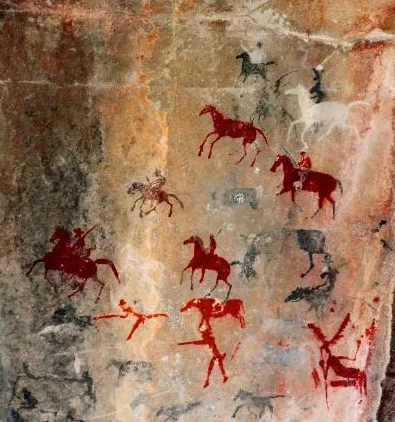
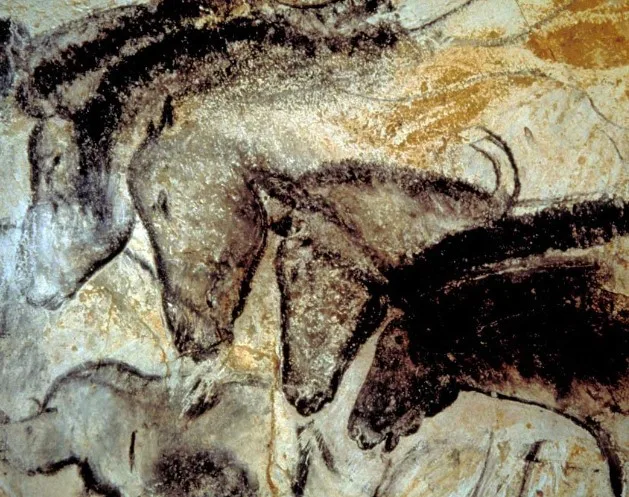
Ancient Times: The Dawn of Horse Art
As we trace the lines and colors of horse art back to its origins, we find ourselves standing before the rugged walls of ancient caves, the first canvases of human creativity. Among the earliest known depictions of horses in art are the mesmerizing cave paintings found in Lascaux, France. Dating back to about 17,000 years ago, these images are not just marks on stone; they are profound expressions of humanity’s early fascination with horses.
The horses painted on these ancient walls are depicted with a surprising degree of detail and grace, suggesting that even in prehistoric times, humans felt a special connection to these animals. The artists of Lascaux and other ancient sites across Europe and Asia used natural pigments to create lively representations of horses, capturing their essence with strokes that seem to understand and honor their subjects’ spirit.
But what do these ancient images tell us about the relationship between humans and horses in prehistoric times? First and foremost, they indicate a deep respect and admiration for the horse. These weren’t merely wild animals to prehistoric people; they were symbols of strength, freedom, and beauty. The careful observation required to depict their form so accurately suggests that humans watched and interacted with horses closely, perhaps marvelling at their speed, grace, and power.
Moreover, the prominence of horses in these early artworks hints at their significance within these ancient cultures. While the exact nature of humans’ relationship with horses at this time remains a topic of scholarly debate, it’s clear that horses held a special place in the prehistoric human heart and mind. Whether as hunted game, revered symbols, or something else entirely, horses galloped through the dreams and daily lives of our ancestors, leaving hoofprints on the very foundation of human art.
As we gaze upon these ancient depictions, we’re reminded of the timeless allure of horses. These early artworks serve as a bridge across millennia, connecting us with the humans who once stood before the same images, perhaps filled with the same sense of wonder and admiration for these magnificent animals that we feel today.

Classical Antiquity: The Horse in Honor
In the classical civilizations of Greece and Rome, horses were elevated from mere figures in the landscape to symbols of power, prestige, and unparalleled beauty. This era, renowned for its advancements in philosophy, governance, and the arts, also heralded a new chapter in the depiction of horses. Greek and Roman artists and sculptors captured the horse’s majesty and strength, immortalizing these noble creatures in stone and on canvas as never before.
Among the most iconic tributes to the horse in this period are the Parthenon friezes. These exquisite carvings, which adorned the greatest temple of ancient Athens, showcase a procession of horses that seem to prance off the marble itself. The friezes depict the horses with a dynamic sense of movement and an anatomical accuracy that reveals a deep understanding of these animals. Through these carvings, the horse is celebrated not just as a beast of burden but as an integral part of civic and sacred life, participating in the most revered religious procession of ancient Athens.
Another masterpiece of equestrian art from Classical Antiquity is the statue of Marcus Aurelius. This larger-than-life bronze, now standing in the Capitoline Museums of Rome, portrays the Roman emperor astride a horse, captured in a moment of calm majesty. Unlike earlier depictions that emphasized the horse’s role in battle or labor, this statue celebrates the serene bond between rider and steed, a harmony of mind and muscle. The horse is depicted with such realism and dignity, it’s as if the sculptor breathed life into bronze.
In these and other works from the era, horses are not just animals but emblems of the civilizations that esteemed them. Greek and Roman art conveyed the horse’s role in war, sport, and ceremony, reflecting a society that valued them as partners in humanity’s most significant endeavors. This period solidified the horse’s status as a subject worthy of artistic exploration, setting the stage for future generations to continue this rich tradition of equestrian art.
The classical reverence for horses in art speaks volumes about the animal’s enduring influence on human culture. As symbols of power and grace, horses captured the classical imagination, a testament to their beauty and strength that would echo through the ages.
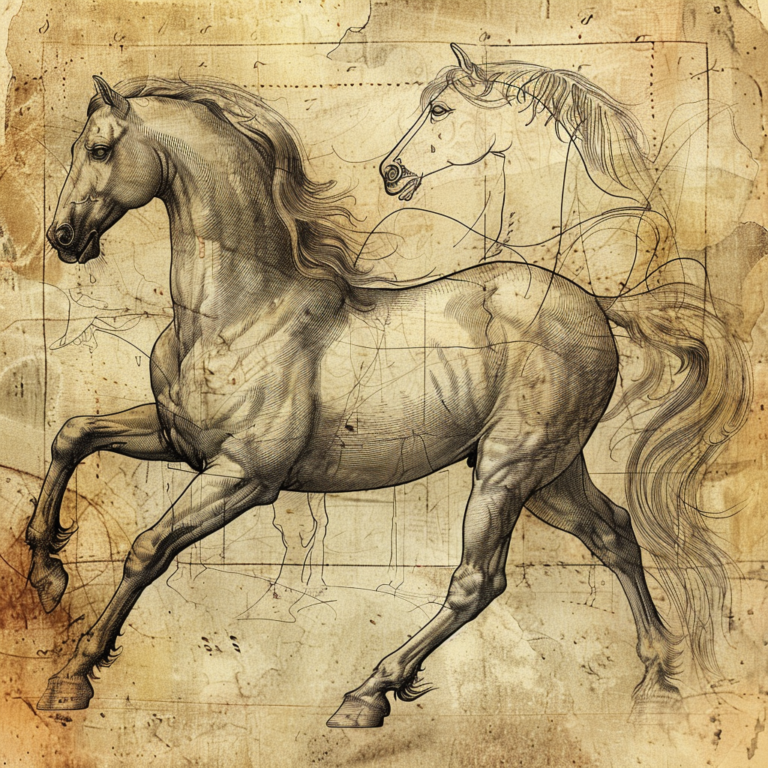
The Middle Ages to the Renaissance: Symbolism and Realism
During the Middle Ages, horses often galloped through the pages of illuminated manuscripts and the panels of altarpieces, not merely as creatures of flesh and blood but as potent symbols. In these artworks, horses frequently appeared in religious and allegorical contexts, embodying virtues such as chivalry, strength, and divine right. The knights of medieval lore, depicted in their quest for the Holy Grail or in battles against dragons and other mythical beasts, were seldom seen without their faithful steeds. These horses, though sometimes lacking in anatomical accuracy, were rich in symbolic value, representing the spiritual and moral journey of the knight.
As the darkened skies of the Middle Ages gave way to the dawn of the Renaissance, a turning point emerged in the portrayal of horses in art. This period, characterized by a rebirth of interest in the classical past and a burgeoning spirit of inquiry and exploration, brought horses into a new light. Artists like Leonardo da Vinci and Albrecht Dürer turned their keen eyes and curious minds towards the study of horse anatomy, seeking to understand and capture the very essence of these noble animals.
Leonardo, with his insatiable curiosity about the natural world, filled his notebooks with detailed drawings of horses, dissecting their form and movement to understand the mechanics beneath the surface. His studies laid the groundwork for a more dynamic and lifelike representation of horses, influencing countless artists who followed. Albrecht Dürer, too, brought a new level of realism to his depictions of horses, employing a meticulous attention to detail that highlighted not just the beauty but the individual character of each animal.
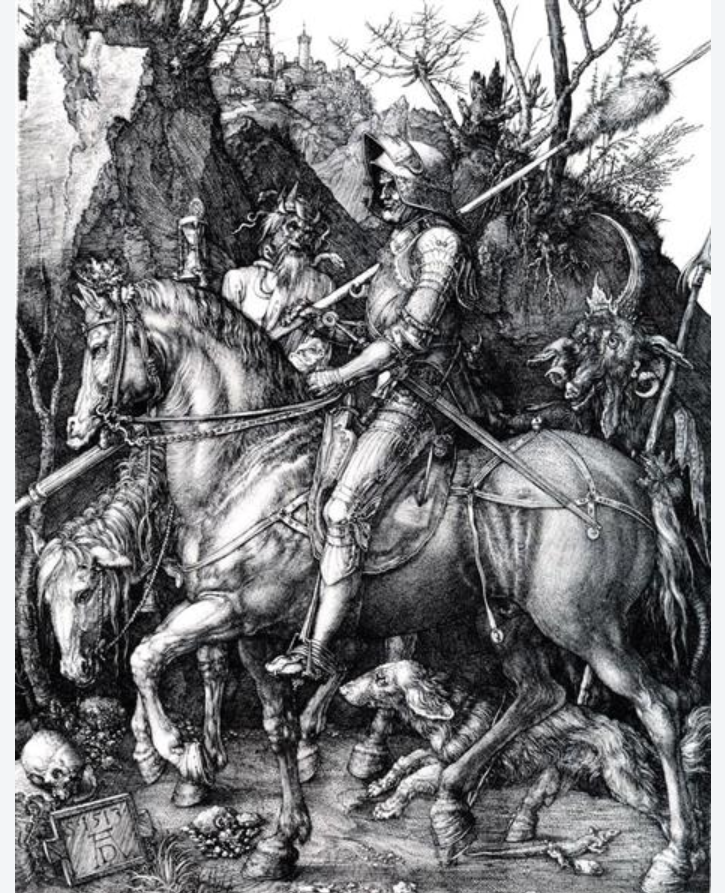
This shift towards realism in the depiction of horses was not merely an artistic choice but a reflection of the changing role of horses in society. As the Renaissance blossomed, so too did the appreciation for the horse not just as a symbol or tool but as a living, breathing being, worthy of study and admiration in its own right. This era laid the foundation for centuries of equestrian art, enriching our understanding and appreciation of horses with each stroke of the brush.
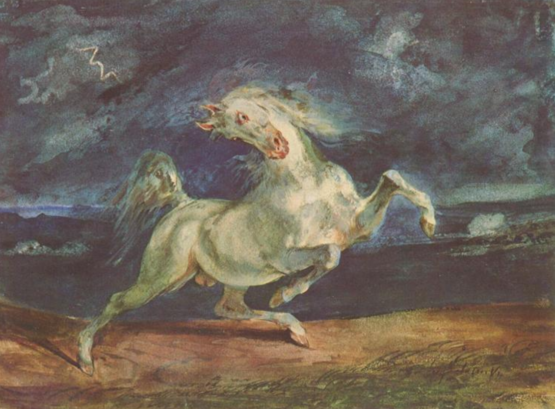
The Romantic Period: The Noble Steed
The Romantic Period, blooming in the late 18th and early 19th centuries, brought with it a whirlwind of change in art and society. Artists turned their backs on the strict rules and rationality that had defined the Enlightenment, instead embracing the wild, untamed aspects of nature and the human experience. In this context, the horse emerged as a powerful symbol of the era’s core themes. No longer confined to the backgrounds of battle scenes or the rigid poses of portraiture, horses in Romantic art were dynamic, spirited beings that embodied the raw power and majesty of the natural world.
Eugène Delacroix, one of the most celebrated painters of the Romantic movement, captured the essence of this new appreciation for the horse. His works, such as “Liberty Leading the People,” often featured horses amidst scenes of tumult and passion, their bodies twisted in motion, manes flowing wildly. These were not the carefully groomed steeds of the aristocracy but symbols of nature’s untamable force and beauty. Delacroix’s horses seem to leap from the canvas, inviting viewers to marvel at their power and grace.
This era’s artists were drawn to the horse’s capacity to express freedom and rebellion, qualities that resonated deeply with Romantic ideals. The depiction of horses galloping through stormy landscapes or rearing in defiance became a visual metaphor for the human struggle against oppression and the yearning for liberty. Through their art, Romantic painters like Delacroix communicated a profound understanding and respect for the horse, not just as a creature of physical beauty but as a being with its own will and spirit.

The Romantic Period thus marked a significant departure in the portrayal of horses, shifting the focus from their role in human society to their inherent qualities as majestic, free-spirited animals. This new perspective on horses in art mirrored the era’s broader fascination with the wild, the exotic, and the untamed, reflecting a deepened appreciation for the natural world and its most noble inhabitants.
Modern Times: Abstract and Realistic Interpretations
With the advent of the Industrial Revolution, the world began to change at an unprecedented pace. Machines replaced the horse in agriculture, transport, and warfare, leading to a significant shift in the relationship between humans and horses. As these noble creatures moved from being central figures in daily life and industry to more recreational and companionship roles, artists began to reflect on and question the evolving dynamics of this transition.
In the realm of warfare, the shift was stark. The advent of mechanized warfare during the 20th century saw the horse’s role in battle diminish, moving from the front lines to the annals of history. Artists responding to the horrors of World War I and subsequent conflicts often depicted horses to evoke themes of loss, nobility, and the end of an era. The horse became a symbol of the past, a poignant reminder of the cost of progress and the casualties of war.
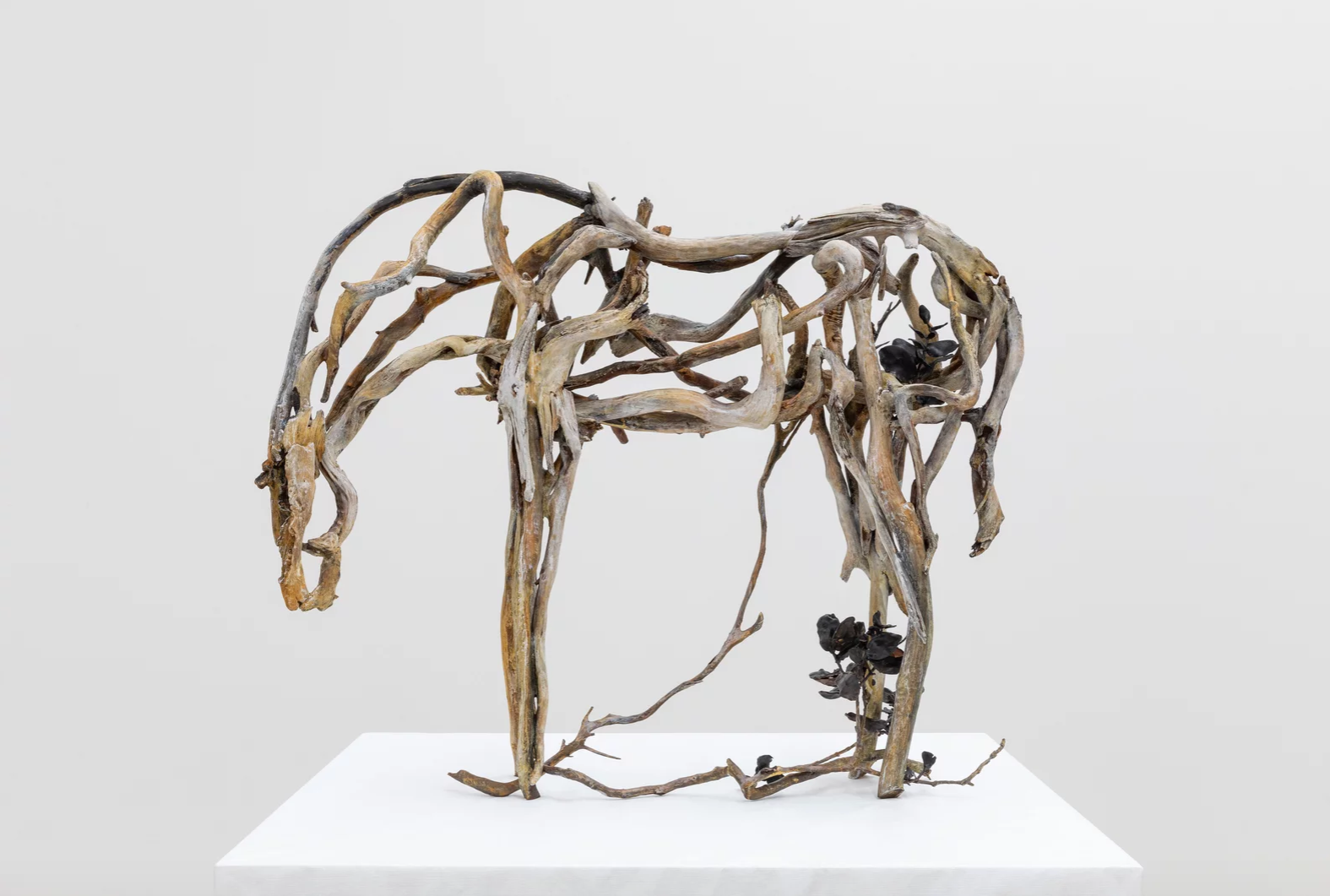
In contemporary art, the depiction of horses has branched into a diverse spectrum of interpretations, from hyper-realistic portrayals that celebrate their physical beauty and grace to abstract interpretations that seek to capture their essence and spirit in new, innovative ways. Artists like Deborah Butterfield have reimagined the horse using materials such as scrap metal and wood, transforming these traditional subjects into modern sculptures that resonate with themes of survival and transformation.
On the other end of the spectrum, painters like George Stubbs, who, although predating the modern era, laid the groundwork for realistic equestrian art, continue to inspire contemporary artists who capture the horse in stunning detail. These modern realists celebrate the horse’s form and spirit, paying homage to its enduring beauty and grace amidst a changing world.
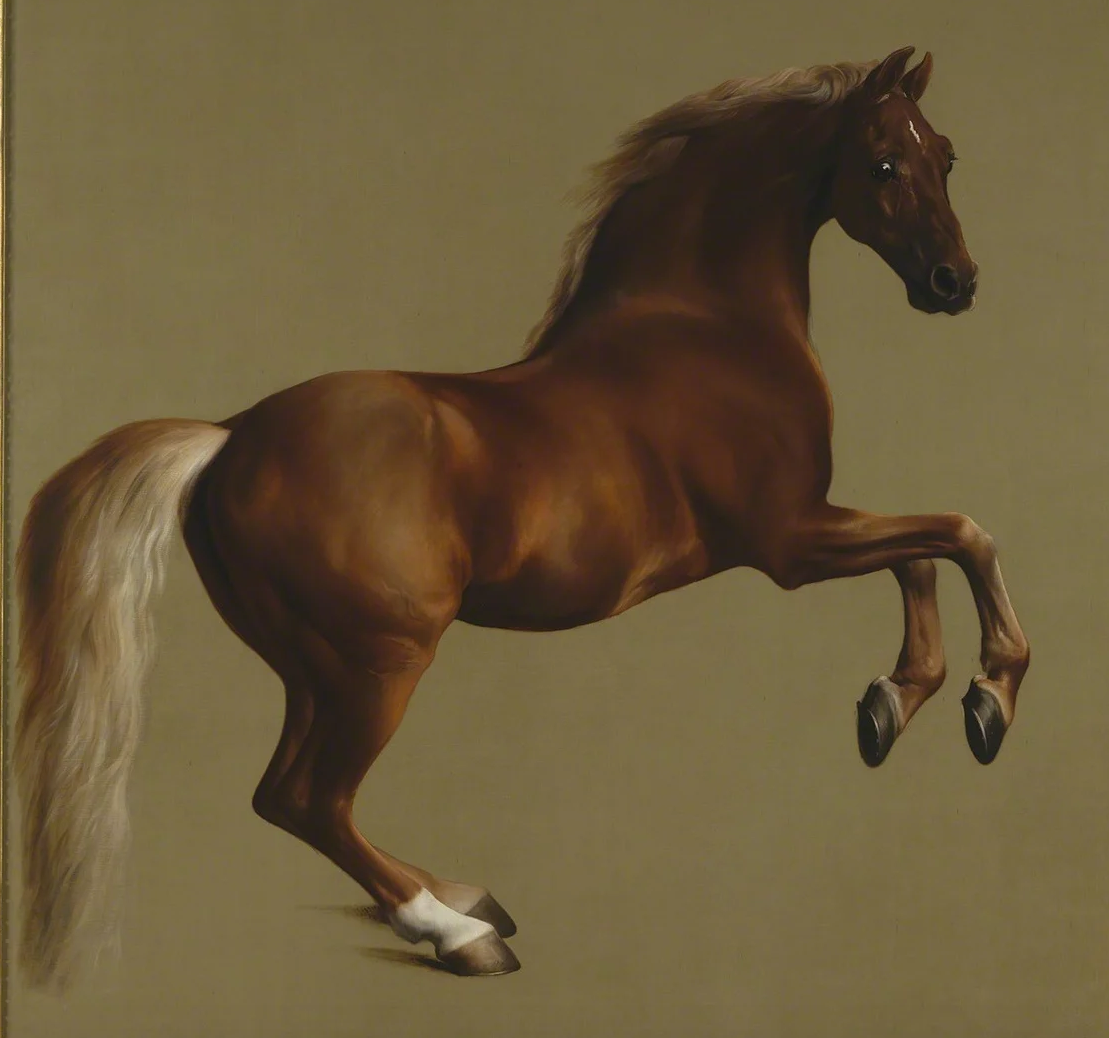
Moreover, abstract and conceptual artists explore the symbolic potential of the horse, using it to comment on issues ranging from environmental concerns to social justice. Through their work, the horse transcends its physical form to become a vessel for broader reflections on humanity, nature, and the interconnectedness of life.
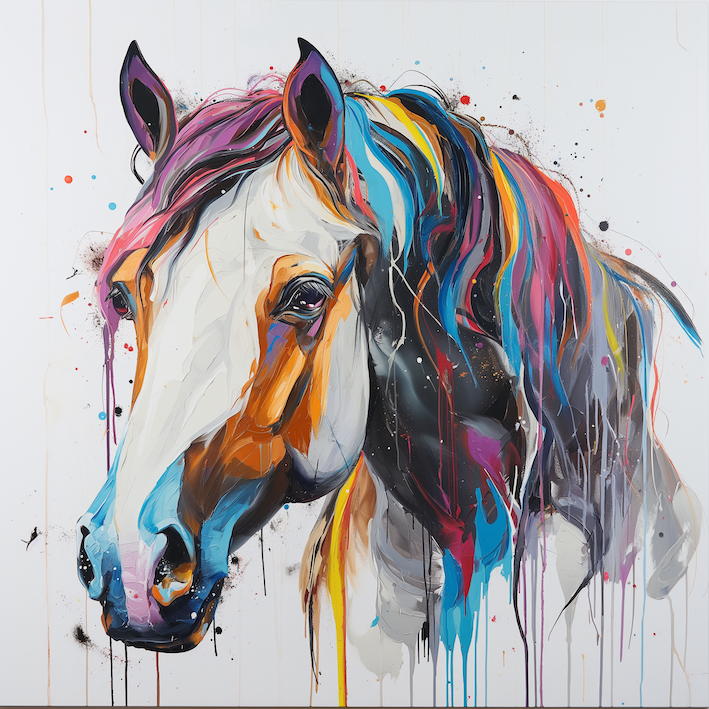
Conclusion: The Timeless Connection
Throughout history, from the shadowed walls of ancient caves to the bright studios of modern cities, horses have galloped alongside humans, not merely as beasts of burden but as partners in the journey of life. This profound relationship has been immortalized in art, capturing the essence of what horses mean to us. They are more than subjects to be depicted on canvas or sculpted in stone; they are mirrors reflecting our own struggles, triumphs, and aspirations. They embody strength, grace, and freedom, serving as constant reminders of what we cherish and strive for.
The evolution of horse art is a testament to this enduring connection. Each stroke of the brush, each chisel mark on stone, is a dialogue between human and horse—a dialogue that speaks of respect, admiration, and love. As society has transformed, so too has the depiction of horses, yet the essence of what draws us to these magnificent creatures remains unchanged. They continue to inspire artists to see beyond the surface, to capture not just the physical beauty of horses but the spirit that makes them so captivating.
As we reflect on the journey through horse art, from ancient times to the present, it’s clear that the horse’s role in our lives and in our art is not static but dynamic, evolving with us. This journey reminds us of the power of art to bridge time and space, to connect us with the past, and to inspire thoughts and feelings that resonate deep within our souls.
Let us not see horses in art merely as subjects, but as partners in the human experience, creatures that have shared our burdens, our dreams, and our adventures. They are not just figures in the landscape but integral characters in the story of humanity, embodying the strength, freedom, and beauty we all admire. As we move forward, may the horse continue to inspire artists and horse lovers everywhere, serving as a beacon of what it means to live with grace and power.
More resources
- Books:
- “The Horse: 30,000 Years of the Horse in Art” by Tamsin Pickeral. This book gives a comprehensive look at how horses have been represented in various art forms from ancient times to the modern day.
- “Horses in Art” by John Baskett. This book explores the role of horses in art and society, featuring works from different cultures and periods.
- Online Art Collections:
- The Metropolitan Museum of Art’s website offers a vast digital collection where you can search for equestrian art across various cultures and epochs.
- Google Arts & Culture also has extensive collections featuring horses, including high-resolution images of paintings and sculptures from multiple museums around the world.
- Art Magazines and Journals:
- “Art in America” and “The Art Bulletin” often feature thematic reviews and discussions about historical art trends, including those involving animals like horses.
- Documentaries and Videos:
- “Equus: Story of the Horse” by PBS is an excellent documentary that explores the relationship between horses and humans, including their representation in art.
- YouTube has numerous art history channels, such as Smarthistory and The National Gallery, which offer insightful videos on thematic art subjects, including equine art.
- Museums:
- Visit local art museums or galleries that specialize in historical art. Many museums have specific sections or collections dedicated to animal art, where horses often feature prominently.
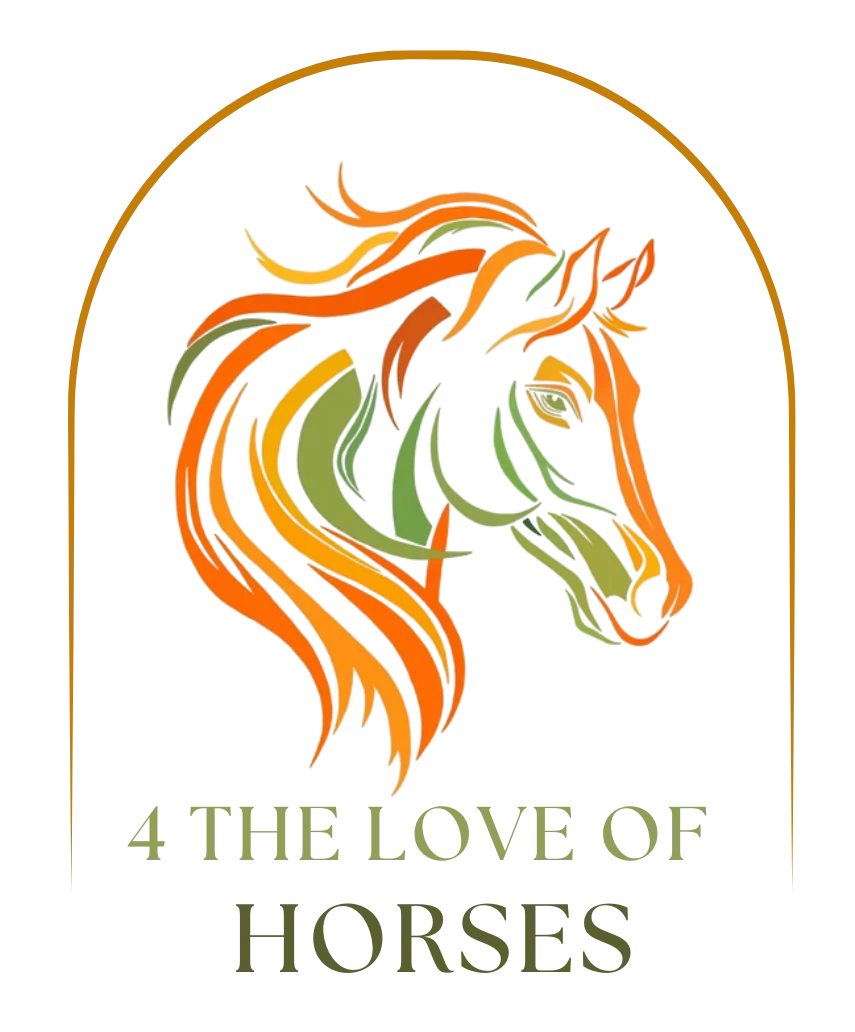
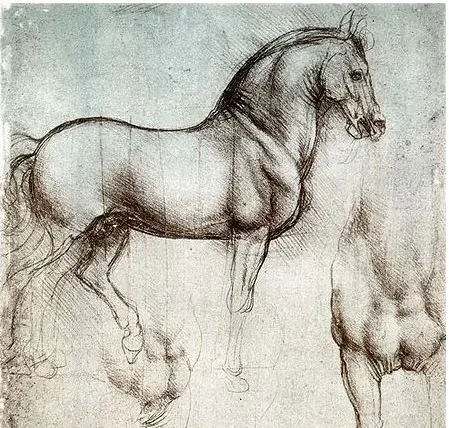
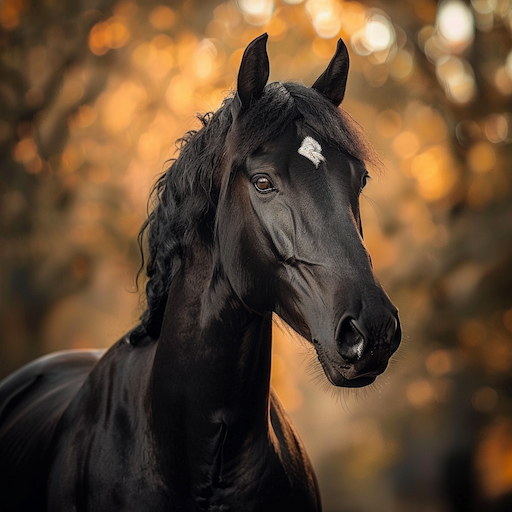
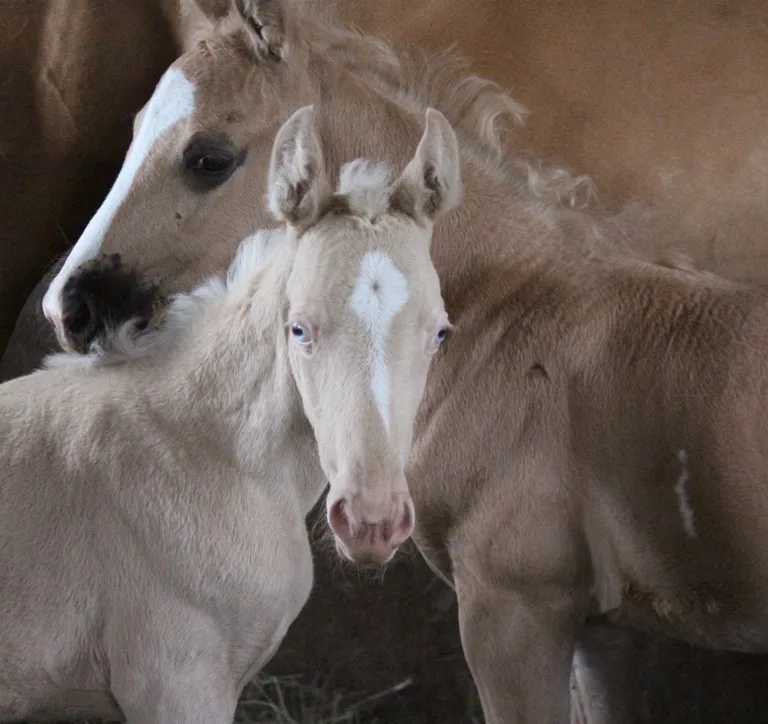


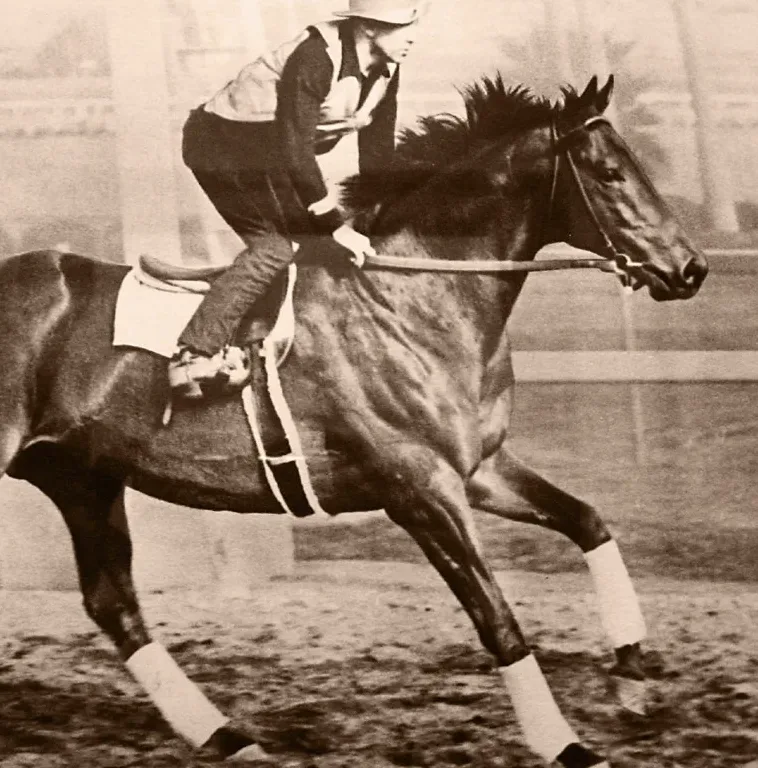
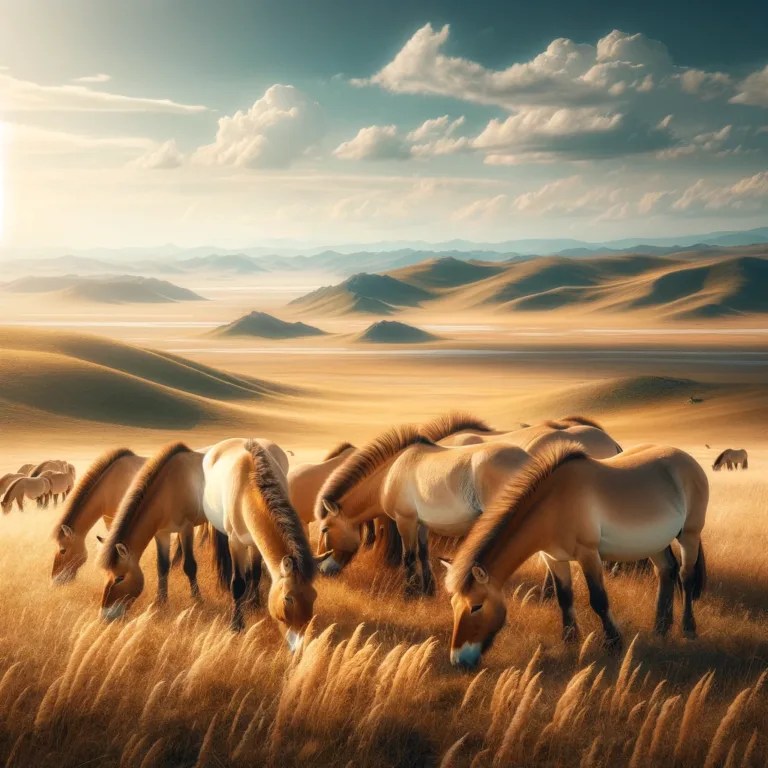
Leave a Reply